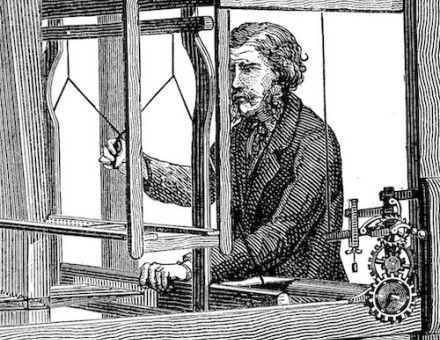The Structure of Everyday Life
The Limits of the Possible, Vol I of Civilization and Capitalism 15th-18th century by Fernand Braudel, translated by Sian Reynolds.
'Clearly, our starting point must be the people of the world. Only afterwards can we talk about things.' So Braudel introduces his discussion of the changes in world population from 1400 to l800. This discussion, which forms the first chapter of the book, is its least satisfactory, because it is its least concrete. It is, as Braudel admits, based too much on necessarily unreliable statistics, and must therefore rely on conjecture, and the posing of unanswerable questions. Why then should a historian so adept at describing and illuminating the palpable, the material object, commence with an attempt to grasp the virtually ungraspable? Taken uncharitably, the quotation given above perhaps reveals the reason. It is almost as if men – those complicated creatures who beg more questions than they answer- must be put out of the way before one can deal with more important matters; in other words with 'things'. And there is no doubt that Braudel deals with 'things' superbly. Whether he is describing the development of artillery or changes in costume, he evokes the artefacts of the past so clearly as to put them at the foreground of their time.





